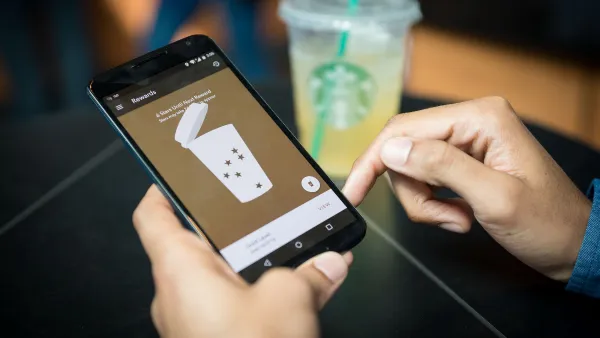With the Apple Watch’s debut still weeks away, there are lots of surprises ahead as to how consumers will embrace and use the technology. But once in action, its functions will likely go far beyond telling time and tracking fitness.
Numerous retailers will be ready with apps when Apple Watch debuts on April 24. Amazon’s promises to bring users one-click e-commerce, while eBay’s app will issue bid alerts. To be successful, all must heed the constraints of the wearable, which offers a screen a fraction of the size of today’s typical smartphone.
“Wearables aren’t about a slicker and even smaller screen to play with,” says the Get Elastic e-commerce blog. “They’re about cutting just a little friction out of the existing smartphone app experience.”
Toward a frictionless environment
Watches promise to improve the impact of push alerts, ease access to shopping lists, and pair well with beacons. Target, for example, leveraged technology from tech company Point Inside to enable in-store product location and shopping lists on its mobile app and then implemented these features into its Apple Watch offering.
“We create a digital context around every product,” Josh Marti, CEO of Point Inside, told Retail Dive. “You finally have a digital clickstream to the physical world, and that piece comes into play on the watch side. We tell you whether or not an item is in that store, but also where it is in that store—the two most important questions shoppers ask.”
Beyond answering questions such as “Where is the toothpaste?” the app can also create micromarketing campaigns by giving shopping recommendations and issuing targeted specials to the watch wearer, similar to retargeting in the online world.
“What you’re trying to do is leverage the relationship you have built with the shopper,” Marti says.
And that means more than just a high-tech version of Kmart’s Blue-Light Special.
“You need to find that opportune moment based on [what] you know about their shopping trip,” he says. “If you have any information—whether it’s searches they have done or products they bought, you have to marry it with the shopper, and what they want to accomplish that day.”
Then, a direct, targeted offer is the ticket to sales on the smallest screen. “Less is more when it comes to the watch,” Marti says. “You’re going to want to state, ‘I have an offer for you on that pet food that you like, and issue a clear offer, whether it’s a percentage-off or a BOGO.”
Online deal aggregator Retale will employ the Apple Watch’s location-based information to inform shoppers of nearby offers.
“We’re providing the best features from Retale on iOS in a frictionless setting, helping retailers more easily connect with customers and customers access more deals,” Retale president Pat Dermody said in a statement.
A collaborative marketing model
Marti expects shoppers to gravitate toward the Apple Watch while shopping since wearers will have at least one hand free. In addition, store personnel could use the Apple Watch while stocking or folding.
If truly disruptive, the Apple Watch could actually encourage collaboration on the back end, Marti adds. Similar to the Uber concept, a person might place an order from a local store and request curbside delivery; the app would then farm the task out to an Apple Watch wearer and streamline his or her shopping trip.
“It fits the millennial model,” Marti says. “You can foresee a day when not only am I at the store doing my own shopping, but I’m willing to shop for somebody else and deliver it on my way home as a part-time employee or in exchange for points from a specific retailer.”
When mobile meant only talk and text, smaller was better. But it was only a matter of time before a product made small relevant again, Marti notes. “In this case, it’s the Apple Watch, and wearables in general.”
Whatever apps succeed in that two square inches of touchscreen real estate, the Apple Watch's simplicity will be a game-changer, Marti says.
“It's small; it’s lightweight; it’s voice-enabled. A lot of [smartwatch] models will thrive in a world that when simplified, makes much more sense.”












